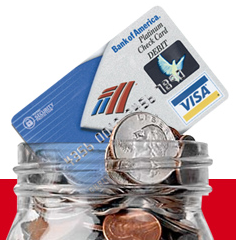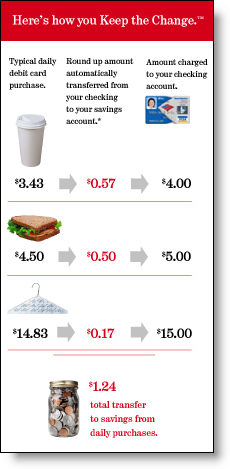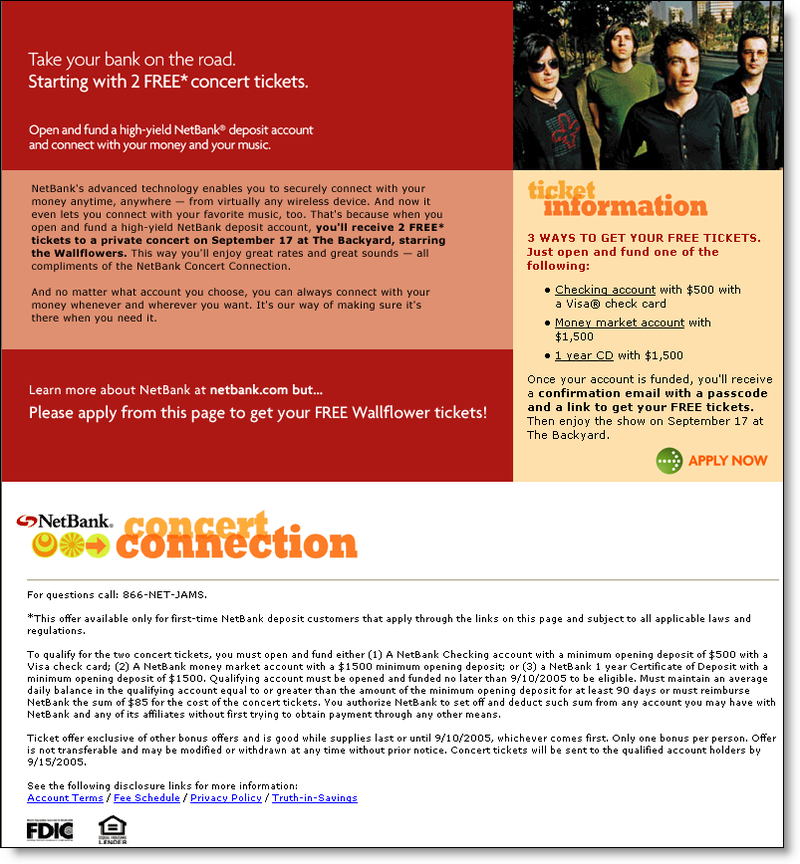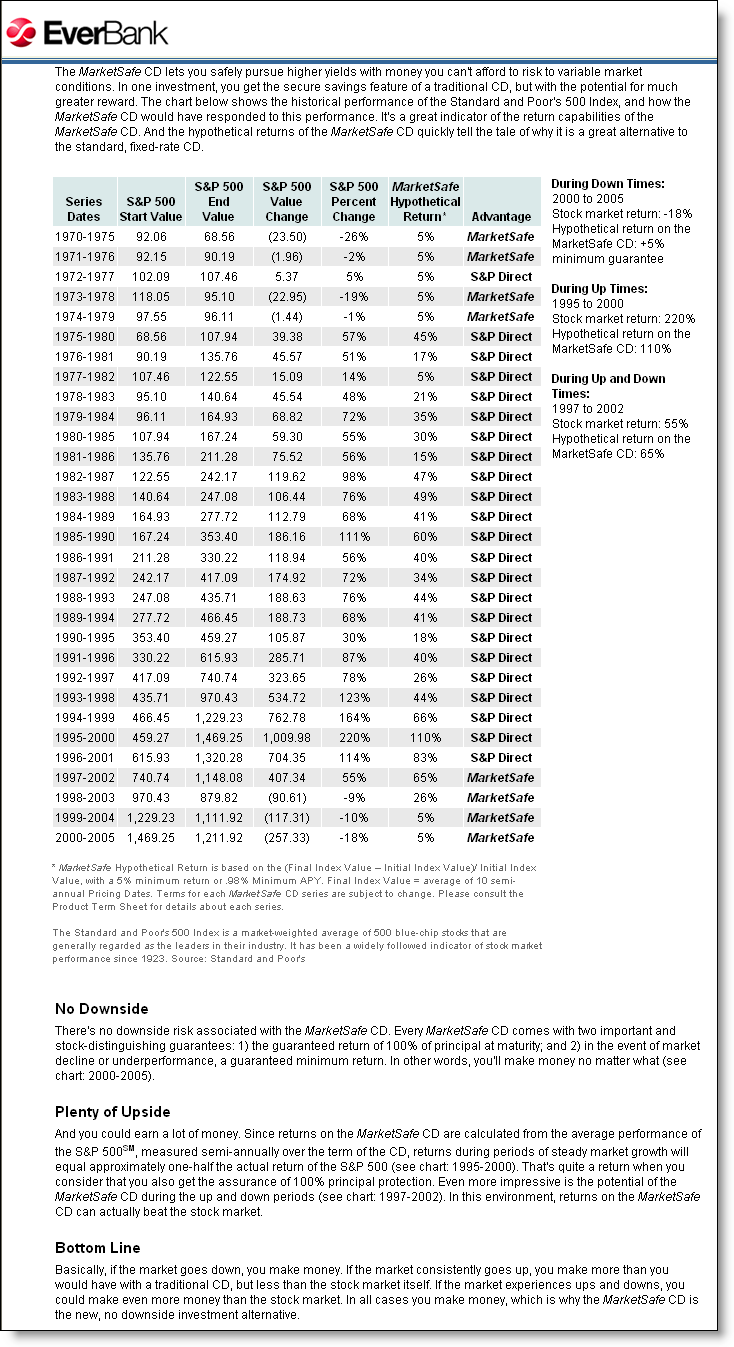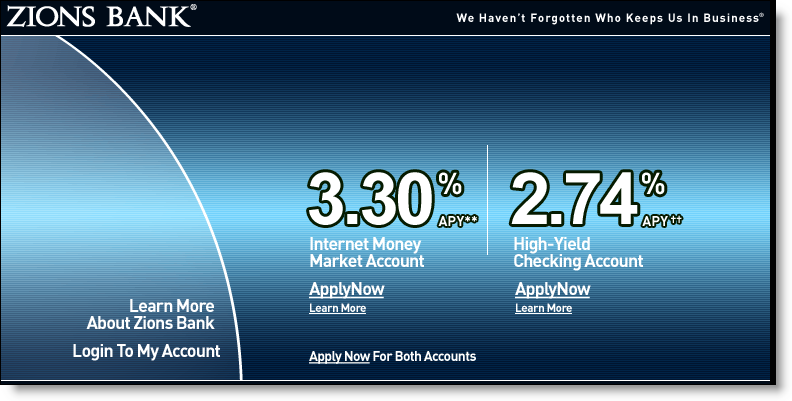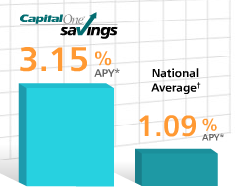 Washington Mutual <wamu.com>, which has been pitching free checking in Seattle for as long as we’ve lived here (mid 1980s), recently added ID Theft Services to its list of free checking account enhancements.
Washington Mutual <wamu.com>, which has been pitching free checking in Seattle for as long as we’ve lived here (mid 1980s), recently added ID Theft Services to its list of free checking account enhancements.
A mid-October direct mail we received at our home touted the following benefits, along with a $75 American Express Gift Cheque, for signing up for a new checking account (italics are theirs):
- No direct deposit required
- Free Telephone Banking
- Visa Check Card
- No per-check charge
- Free Personal Online Banking
- Free Personal Bill Pay service
- Free ID Theft Services
In addition, to the above bullet points, the Free ID Theft Services had its own paragraph, one of just four total in the short sales letter:
Exclusively for Washington Mutual customers: Free ID Theft Services. If you become a victim of identity theft, we provide insurance that helps you with your legal and other identity theft expenses up to $5,000 with no deductible. This valuable service also provides professional assistance, plus access to credit reports, management tools and more.
 No other information was provided in the letter or the fine print. But looking at the bank’s website we find that the free services lead to a pitch for full three-bureau credit report monitoring from Intersections <intersections.com> (click on inset for partial screenshot or download the entire screenshot, links will not work). It’s all explained on Washington Mutual’s proprietary identity theft site, ID Theft Inspect <idtheftinspect.com>.
No other information was provided in the letter or the fine print. But looking at the bank’s website we find that the free services lead to a pitch for full three-bureau credit report monitoring from Intersections <intersections.com> (click on inset for partial screenshot or download the entire screenshot, links will not work). It’s all explained on Washington Mutual’s proprietary identity theft site, ID Theft Inspect <idtheftinspect.com>.
Analysis
With all the concerns about online safety and fraud protection, it makes perfect sense to offer identity theft protection services to customers, especially when you will be helping defrauded customers whether you make it an account benefit or not.
We like how WAMU offers certain services to all account holders, then upsells them into full credit report monitoring. However, the bank’s pitch for fee-based protection could be far more effective if it:
- Offered online signup — Currently customers must signup in branch or call a toll-free number.
- Disclosed the price — There is no mention of a monthly fee, either in the main body of the copy, or in the detailed disclosures. This is a sure way to lose customers.
- Provided a more detailed view — The promotional copy does a good job of explaining the benefits; however, beyond a few blurry screenshots, there is no way to preview the level of detail to be provided with the service. The bank needs an online demo, tutorial, or FLASH presentation.
Overall, we give it a B+; disclose the price and it’s an A-.
—JB


